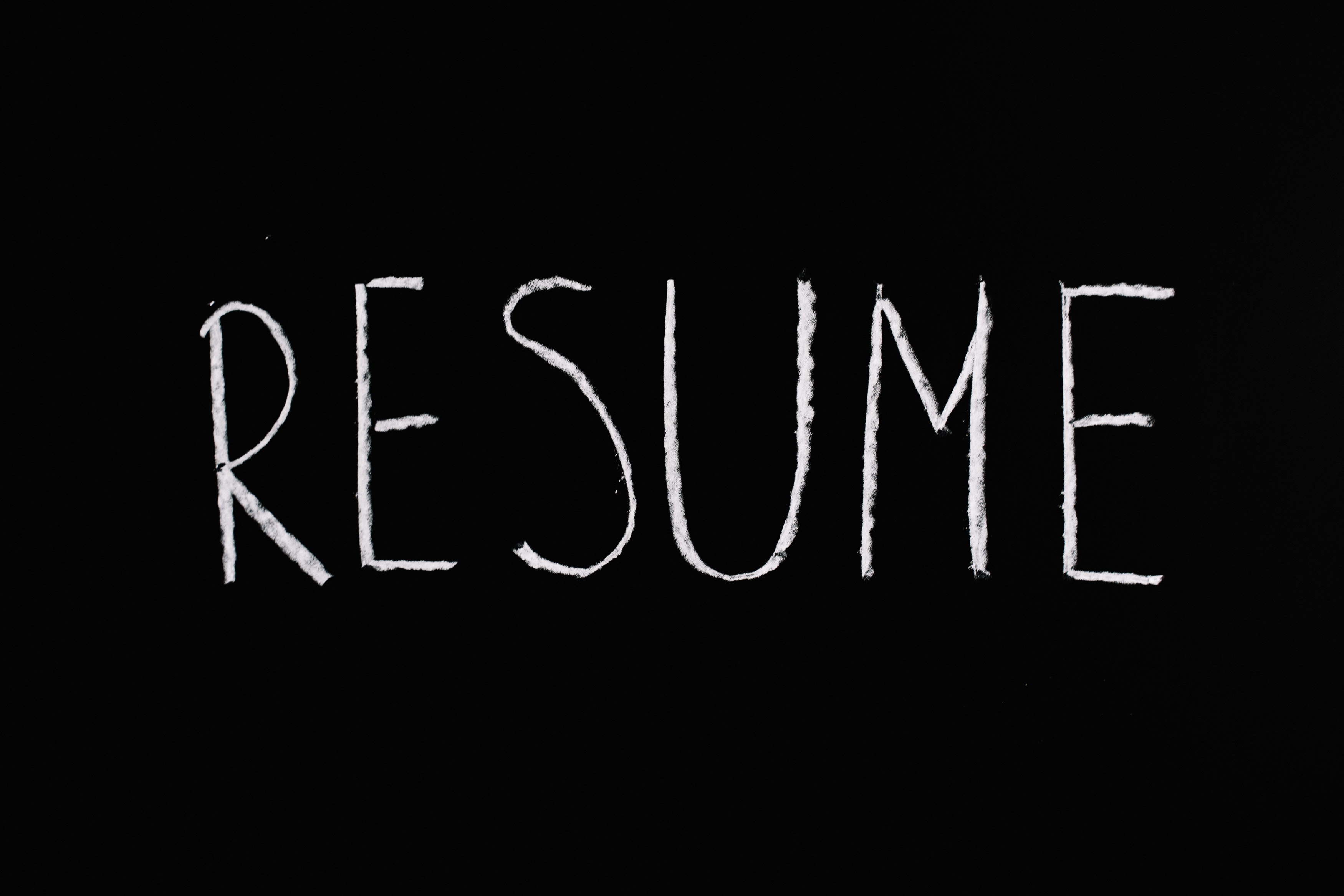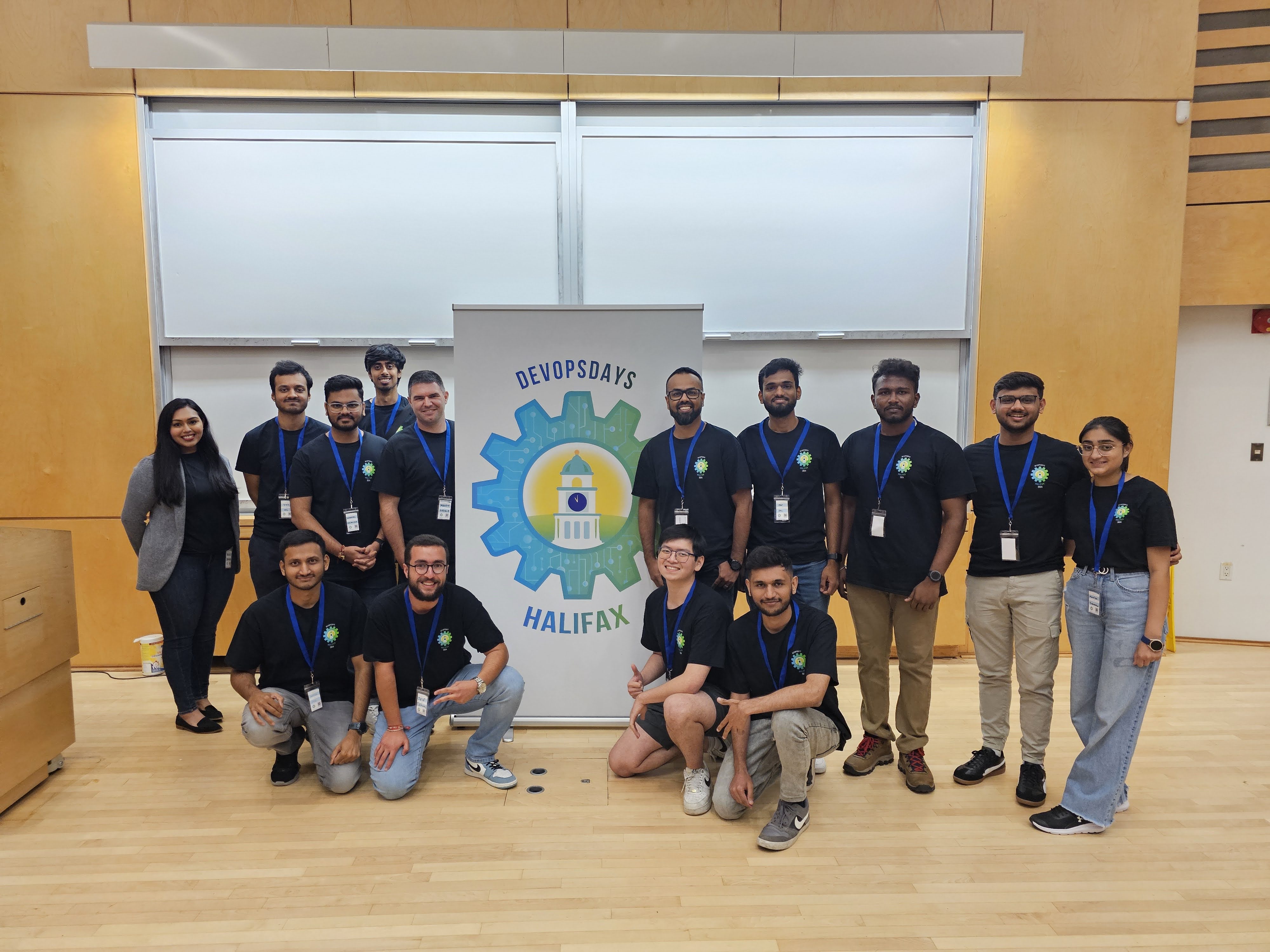How to write an amazing resume summary statement
Seeking an entry-level software engineering role to begin my career in a challenging environment.
Don’t feel bad if your resume summary/objective reads like above. This blog aims to help you improve your resume summary/objective that can take your resume from zero to hero (couldn’t resist using this overly used phrase).

Summary vs Objective
Before we go any further, I’d like to point out that a Resume Summary Statement and a Resume Objective are not interchangeable. There are only two similarities between these two:
- Both are placed at the top of the resume; right under your name/contact info
- Both are a few sentences long
Other than these similarities, a resume summary statement and a resume objective serve very different purposes.
A resume objective tends to focus more on your own interest as a job seeker. A resume summary statement, on the other hand, is typically a list of concise and targeted sentences that communicate what you can bring to the table in the targeted role.
Do you really need this?
Now the question becomes, which one should you use (if any).
Option 1: Resume Objective
Some suggest that if you’re just entering the workforace or switching careers and therefore lack experience; it’s better to use a resume objective. However, a vast majority of career professionals agree that resume objectives have become obsolete as it doesn’t add any value to your resume. A recruiter or hiring manager already knows that you’re seeking a job in ‘X’ field at ‘Y’ company. There’s no point in reiterating the fact and you’re wasting valuable space on your resume.
Option 2 Ditch both objective & summary
I’m a superstar candidate, can code in my sleep and eat Kubernetes clusters for breakfast. Can’t the manager just read my skills and experience from the resume? Why do I need a summary statement at all?
You might be right. But imagine this…it’s Friday evening and the recruiter has been going through mountains of resumes. By the time they get to yours, they’re just skimming…trying to make it through. They glance at your resume but, in their tired overwhelmed rush to get done, don’t find the relevant skills buried deep in your resume. Your resume, and your prospects at the company, are accidentally ignored.

None of us want that, do we :) ?
Option 3 Resume Summary Statement
Out of all the beneifts, the main benefit of a summary statement is that it helps your resume stand out. When recruiters or hiring managers are going through hundreds of resumes, they often skim through each and try to score your resume in a very short time. By beginning with a summary statement that concisely describes why you are qualified and the value you can bring to that team, you are more likely to pique their interest.
However, writing a generic resume summary statement is only winning half the battle. You need to ensure that your resume summary statement is customized for the job you’re applying to and concisely demonstrates why YOU are an ideal candidate for that specific role and company.
Note: My vote goes to Option 3
Three simple points
“Ok Dewan, you’ve convinced me that a resume summary statement is a must. But… how do I write a good one?”
Glad you asked! I have three simple points for you to follow:
- Stay 100,000,000 miles away from using irrelevant skills/experiences or fluffy generic overused adjectives.
- Skilled at MS Office? Who isn’t?? It’s not 1989 so word processor or spreadsheet knowledge is not a braggable skill. It’s just assumed that you know it; just like you’re expected to know how to google.
- Are you result-oriented, hardworking, innovative, motivated, team player, dynamic, punctual, reliable, adept and passionate? Well, so am I! And… the few hundred candidates who applied for this same job. Please do NOT include these overly-used fluffy adjectives. Other than taking up valuable space on your resume, these don’t do you any good.
- Research about the company and the specific role you’re applying to. Read the job description multiple times and write down the core skills and experiences required. Reflect on your own experience and skillset. Now try to jot down a 1-1 mapping between these two.
- Use the above 1-1 mapping and translate that into a list of 3-5 bullet points (or a 3-5 sentence paragraph) elevator pitch. This is where you sell yourself and show how your past experience and core skills make you a great fit for this role.
Example resume summary statement
Here is a sample job description for a DevOps Engineer role:
- Provide 24x7 support for production infrastructure in AWS
- Improve CI/CD Pipeline and monitoring systems.
- Improves Continuous Security pipeline.
- Build new infrastructure using code.
- Converting existing manually created infrastructure to infrastructure as code
Here is a sample resume summary statement for the above role:
- AWS Certified DevOps Engineer with 3+ years of hands-on experience with AWS stack (VPC, EC2, S3, KMS, ECR, IAM, Lambda, CloudWatch)
- Spearheaded a small team to learn and use Terraform in production to move away from complex manual deployments to scalable, repeatable, and versioned infrastructure.
- Introduced Amazon CodeGuru in CI pipelines to improve code quality by 50% (in terms of static errors found) and code security.
- Implemented AWS CloudWatch with custom metrics to monitor, store, and access log files from EC2 instances
Ending notes
A resume summary statement can be a powerful branding tool that helps send the message that you’re the right fit for the job. To make room for a great resume summary statement, you can afford to extend your resume to two pages. But do this with caution and ONLY if you’re including relevant experiences/projects. Remember the three simple points for writing a powerful resume summary statement and you will take your resume to the hero level.




